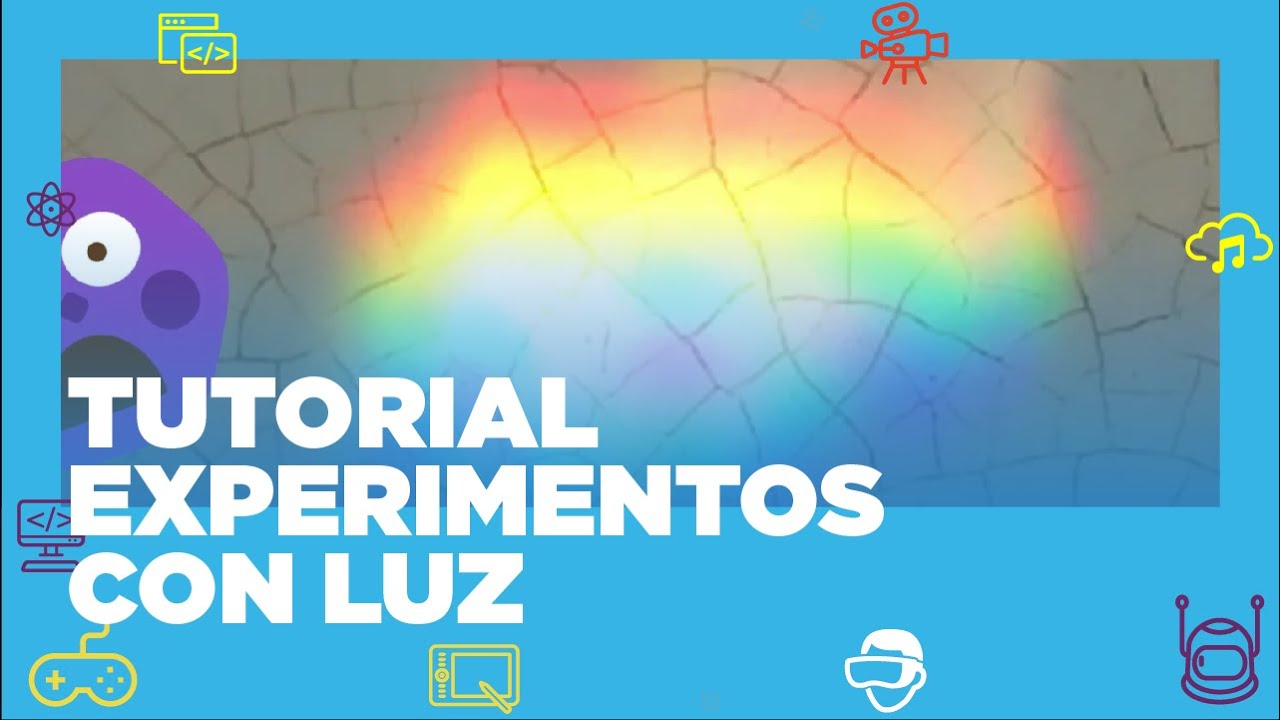Greenhouse Effect. EXPERIMENT
Summary
TLDRIn this engaging video from Cienciabit, viewers explore the greenhouse effect through a hands-on experiment. The script explains how atmospheric gases, particularly CO2, trap heat, leading to temperature variations on Earth compared to the Moon. By mixing vinegar and baking soda to produce CO2, the experiment demonstrates heat retention using an infrared lamp and compares it with sunlight. This educational approach highlights the importance of understanding climate change and the effects of excess carbon dioxide in the atmosphere. Join us for this exciting scientific journey!
Takeaways
- 🌍 The greenhouse effect helps retain heat in the atmosphere.
- 🌡️ Without an atmosphere, temperatures would vary drastically, similar to the Moon.
- 💨 An excess of CO2 contributes to increased heat retention.
- 🔬 The experiment aims to compare heat retention in air versus CO2.
- 🧪 Mixing vinegar and baking soda produces CO2 for the experiment.
- 💡 An infrared lamp simulates solar radiation for testing.
- ☀️ The experiment is also conducted under natural sunlight for comparison.
- 📅 The presentation is part of a series at Cienciabit.
- 📊 Understanding the greenhouse effect is crucial for environmental science.
- 👩🔬 Hands-on experiments make learning about complex topics engaging.
Q & A
What is the greenhouse effect?
-The greenhouse effect is the process by which atmospheric gases trap heat from the sun, keeping the Earth's surface warmer than it would be without an atmosphere.
How does the absence of an atmosphere affect temperatures?
-Without an atmosphere, temperatures would fluctuate drastically, becoming much hotter during the day and much cooler at night, similar to conditions on the Moon.
What role does CO2 play in the greenhouse effect?
-An excess of CO2 in the atmosphere leads to greater heat retention, contributing to global warming and climate change.
What materials are used to produce CO2 for the experiment?
-Vinegar and baking soda are mixed to produce CO2 for the heat retention experiment.
How is the greenhouse effect simulated in the experiment?
-An infrared lamp is used to simulate solar radiation during the experiment.
What two conditions are compared in the heat retention experiment?
-The experiment compares the heat retention of air with that of CO2 under two conditions: with an infrared lamp and under direct sunlight.
Why is it important to understand the greenhouse effect?
-Understanding the greenhouse effect is crucial for grasping how human activities, like burning fossil fuels, contribute to climate change and its impacts on the environment.
What educational purpose does this experiment serve?
-This experiment serves to demonstrate the principles of the greenhouse effect in a hands-on way, helping students visualize and understand the concept of heat retention.
When is the next meeting mentioned in the transcript?
-The next meeting is scheduled for Monday at Cienciabit.
What scientific concept does the experiment help illustrate?
-The experiment illustrates the concept of heat retention in different gases, specifically comparing air and CO2.
Outlines

Dieser Bereich ist nur für Premium-Benutzer verfügbar. Bitte führen Sie ein Upgrade durch, um auf diesen Abschnitt zuzugreifen.
Upgrade durchführenMindmap

Dieser Bereich ist nur für Premium-Benutzer verfügbar. Bitte führen Sie ein Upgrade durch, um auf diesen Abschnitt zuzugreifen.
Upgrade durchführenKeywords

Dieser Bereich ist nur für Premium-Benutzer verfügbar. Bitte führen Sie ein Upgrade durch, um auf diesen Abschnitt zuzugreifen.
Upgrade durchführenHighlights

Dieser Bereich ist nur für Premium-Benutzer verfügbar. Bitte führen Sie ein Upgrade durch, um auf diesen Abschnitt zuzugreifen.
Upgrade durchführenTranscripts

Dieser Bereich ist nur für Premium-Benutzer verfügbar. Bitte führen Sie ein Upgrade durch, um auf diesen Abschnitt zuzugreifen.
Upgrade durchführenWeitere ähnliche Videos ansehen

Percobaan Sederhana Efek Rumah Kaca Menggunakan Gelas Kaca | Materi Pemanasan Global Kelas 10 SMA

Como extrair DNA humano (EXPERIÊNCIA)

Denser Than You Think - Science Experiment

Tutorial - Experimentos con luz - IxD Bahía

Τι είναι το φαινόμενο του θερμοκηπίου;

Carbon Dating for Kids: Learning the Science
5.0 / 5 (0 votes)
